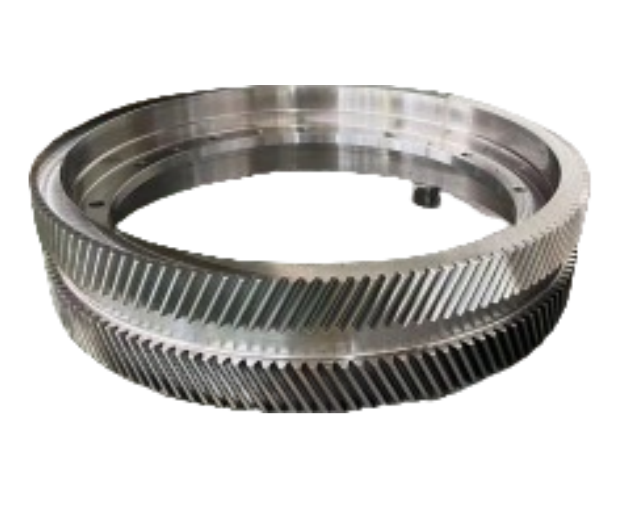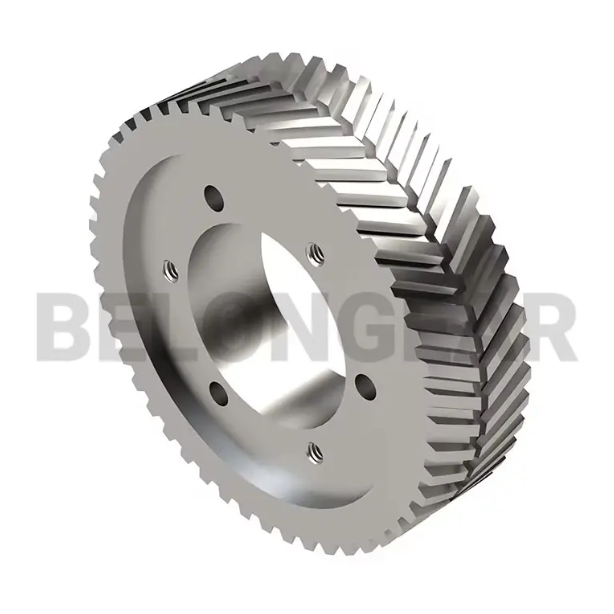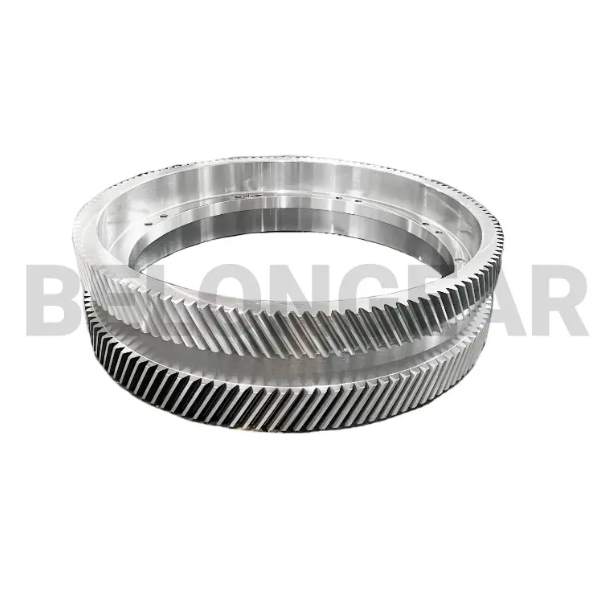
Herringbone gears known for their distinctive double helical tooth design, have long been valued for their ability to transmit high torque smoothly while eliminating axial thrust. They are widely used in heavy duty applications such as marine propulsion systems, industrial gearboxes, and high capacity compressors. However, as machinery operates under increasingly demanding conditions higher speeds, variable loads, and tighter efficiency requirements the optimization of gear topology has become essential for improving meshing performance, load distribution, and overall durability.
Why Topology Modification Matters
In gear engineering, “topology modification” refers to deliberate alterations in the tooth geometry to optimize how gears engage under real world operating conditions. For herringbone gears, this may involve adjusting tooth flank curvature, lead crowning, profile relief, or root fillet transitions. Such modifications are not aimed at altering the basic design parameters (such as module or helix angle) but at fine tuning microgeometry to compensate for elastic deflections, thermal expansion, and manufacturing deviations.
Without these refinements, even a precisely manufactured herringbone gear may suffer from uneven load sharing across the face width. This can lead to localized stress concentrations, surface pitting, or increased vibration and noise. By applying topology modification, engineers can distribute the contact load more evenly, ensuring smoother operation, extended service life, and higher power density.

Key Approaches in Herringbone Gear Topology Modification
-
Lead Crowning – Adding a slight curvature along the gear face helps to counteract shaft misalignment and housing deformation, maintaining uniform tooth contact.
-
Profile Modification – Introducing tip or root relief reduces the risk of edge contact and compensates for deflection under load, improving meshing smoothness.
-
Asymmetric Tooth Design – In certain high load, unidirectional applications, asymmetric tooth shapes can be applied to enhance load carrying capacity in the primary direction of rotation.
-
Localized Surface Relief – Removing minimal material in targeted regions reduces the likelihood of scuffing or micropitting in high stress zones.
Impact on Meshing Performance
A well executed topology modification improves several performance indicators:
-
Load Distribution: Optimized tooth geometry ensures that the contact pattern remains central under various load conditions, minimizing stress peaks.
-
Reduced Vibration and Noise: Smooth load transfer lowers dynamic excitation, resulting in quieter gear operation critical for both industrial and marine applications.
-
Higher Efficiency: Minimizing friction losses through optimized contact improves power transmission efficiency.
-
Extended Service Life: Better stress control reduces wear mechanisms such as pitting, scoring, or plastic deformation.
Advanced Tools for Implementation
Today engineers use advanced CAD/CAM platforms and finite element analysis (FEA) software to simulate herringbone gear meshing behavior under operational loads. These tools allow for precise prediction of contact stress distribution, enabling data driven topology modifications before manufacturing. CNC gear grinding and profile shaping technologies then ensure that the modified geometry is achieved with micron level accuracy.

Belon Gear’s Engineering Capability
At Belon Gear, we integrate topology modification into our herringbone gear design process to meet the needs of heavy duty applications worldwide. Our team employs high precision Klingelnberg and Gleason equipment alongside advanced simulation software to deliver gears with optimized tooth contact, minimal vibration, and exceptional service life. From prototype development to large scale production, we tailor every detail of the tooth microgeometry to the client’s operational requirements.
Topology modification is no longer an optional refinement it is a vital step in achieving superior meshing performance for herringbone gears in modern industry. Through advanced analysis, precision manufacturing, and application specific customization, the performance gains are tangible: higher efficiency, lower maintenance, and greater reliability. For industries demanding both power and precision, optimized herringbone gears are the way forward.
Post time: Aug-12-2025




